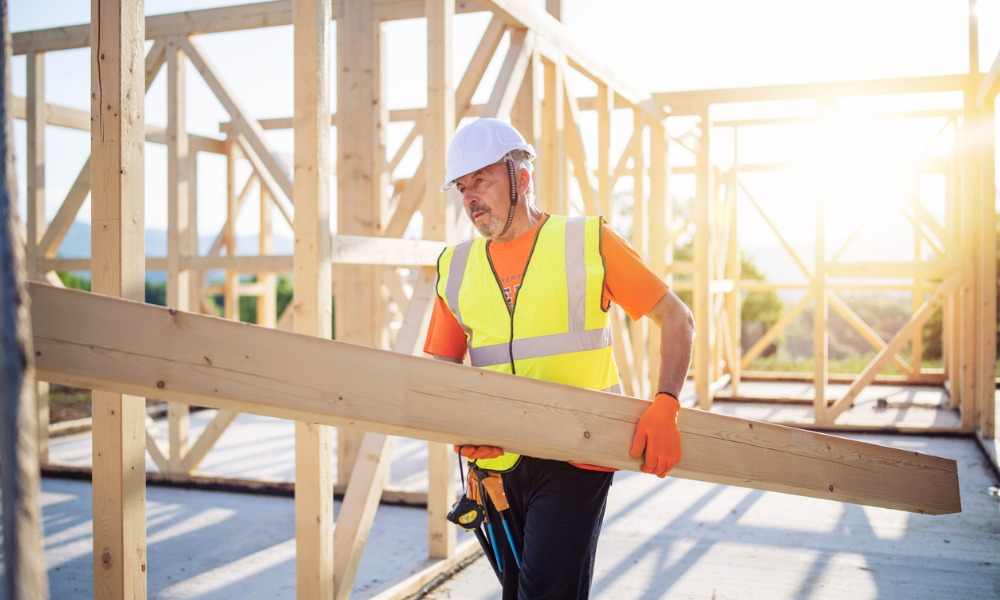Supply chain issues highlight need to increase local timber capacity

In a rare bit of good news for the construction sector, the timber shortages that have caused massive delays and cost overruns are finally starting to ease as international supply chains open up. However, experts warn that Australia needs to increase local capacity to avoid more trouble down the road.
Shaun Schmitke, acting chief executive of the Master Builders Association, told The Australian that while massive pressures on timber and wood supplies were still impacting the construction sector, “there are signs this is starting to ease.”
“Looking ahead, there are good signs that global commodity prices have passed their peak and are on the way down again,” Schmitke said. “With improvements in shipping costs and times, we may see a considerable easing in building material cost pressures over the year ahead – but this is subject to the evolving situation in China.”
Some wholesalers are reporting that they have excess stock of many softwood timber products, The Australian reported.
While they have run at capacity for more than a year and had difficulty in sourcing local supplies of timber, sawmills have reported falling demand from the construction sector thanks to the housing market slowdown, the Australian Forest Products Association (AFPA) said.
However, AFPA chief executive Ross Hampton told The Australian that there was still grave uncertainty about international timber supply chains – meaning Australia desperately needed to increase its own capacity.
“It’s imperative we increase planting rates in Australia to urgently supply much more of our building needs,” Hampton said. “If we’re relying on up to 25% of house framing to come from places as far as northern Europe and Russia, we’ll always be very vulnerable.”
While Hampton praised the government’s allocation of $86 million in grants over five years for the planting of more trees, he said none have yet been planted. Hampton said it was imperative that new planting start by winter to prepare for a future shortage caused by new housing.
Read next: Construction sector marks first casualty of 2023
“It needs to happen urgently,” he told The Australian.
John Halkett, general manager of the Australian Timber Importers Federation, said the industry could face shortages again when construction activity increased in the second quarter of this year.
“There have been measures to improve house … supply by the government, but they haven’t paid enough attention to the supply side,” he told The Australian.
The timber shortage, along with labour shortages and adverse weather events, has been part of a perfect storm that has battered the construction industry over the last 18 months. Construction times on new homes have blown out from an average of seven to nine months to well over a year, and the nation’s largest builders have seen their profits tumble by more than 50%. Many builders, unable to weather the challenges, have collapsed in recent months.
Have your customers been impacted by materials shortages? Let us know in the comments below.



